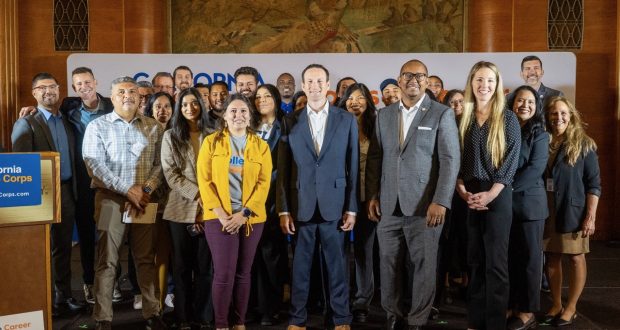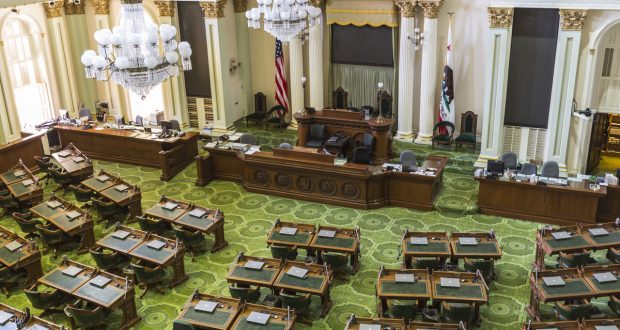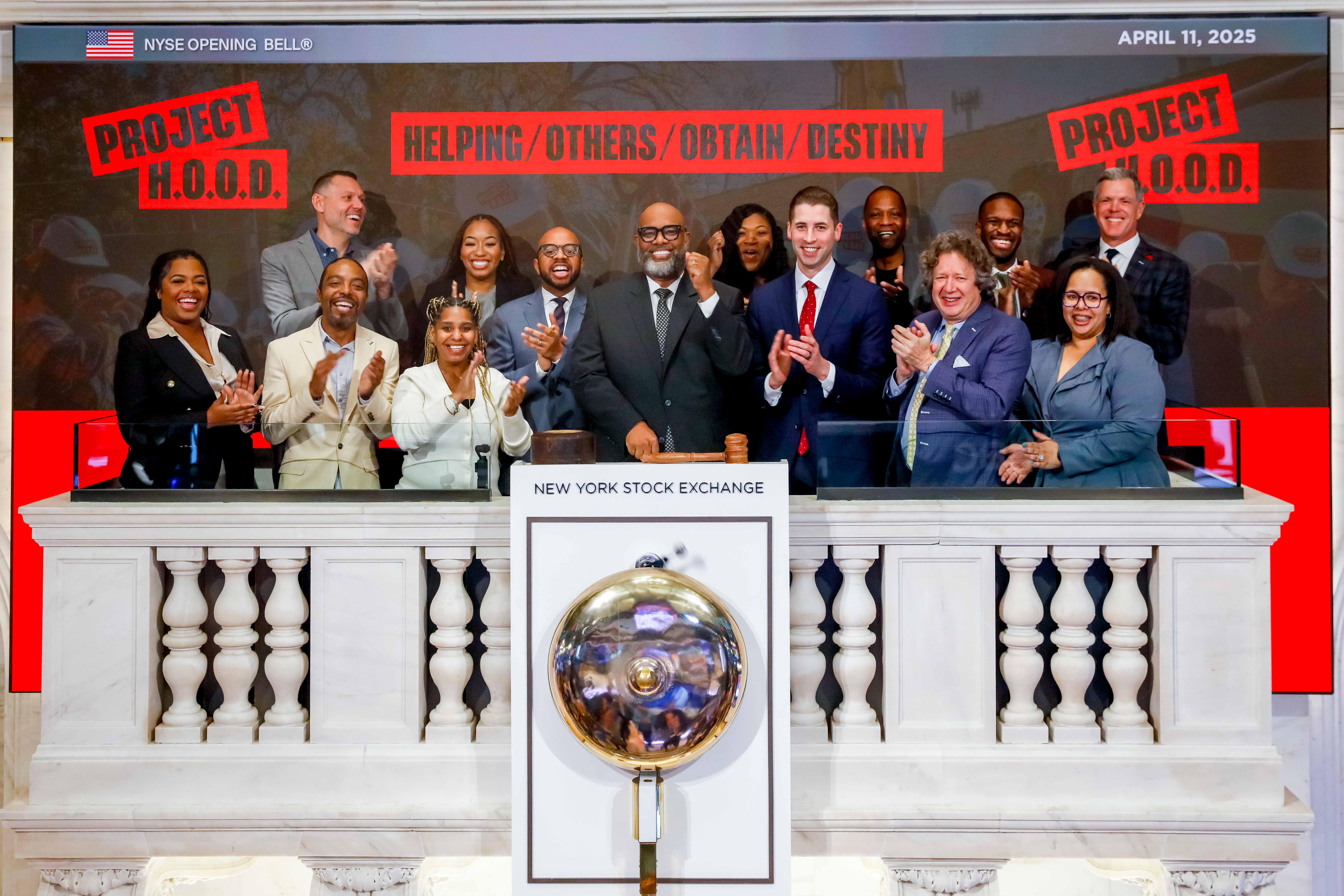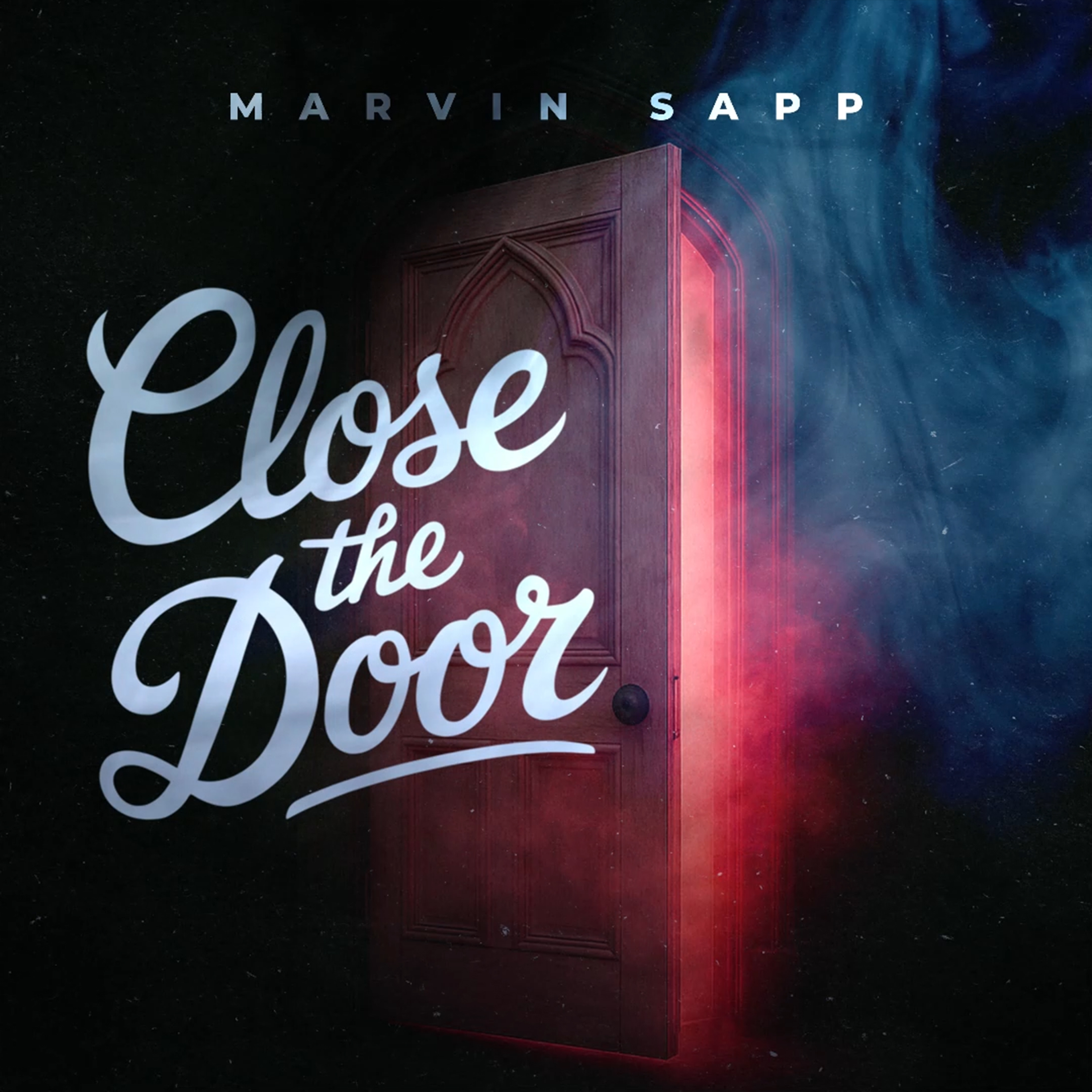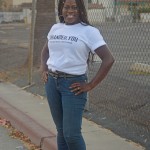By James Carter, Special to CBM Media Outlets
After making millions brazenly flaunting their gang affiliations and celebrating gun violence, The Game and Snoop Dogg want to be Black peacemakers with the blessings of the police chief and mayor.
When I turned on the TV July 8 reporters, public officials, and pundits were still attempting to make sense of the chaotic chain of events that began with the videotaped police killings of Alton Sterling in Baton Rouge and Philando Castile in Minnesota, and ended in Dallas with Micah Johnson shooting two participants of a peaceful protest en route to killing five police officers and injuring nine others in a retaliatory attack on law enforcement.
As I flipped back and forth between local and national news coverage of the shootings I caught live pictures of rappers Snoop Dogg and The Game marching up to Los Angeles police headquarters during a police academy graduation ceremony. The somewhat impromptu event, organized by The Game via Instagram, drew a group of approximately 50 men with the stated objective to “make the Californian government and it’s law branches aware that from today forward, we will be unified as minorities and we will no longer allow them to hunt us or be hunted by us! Let’s erase the fear of one another on both sides and start something new here in the city of Los Angeles, a city we all love and share! There are many things that have to be done to rectify this situation that has plagued us for hundreds of years and unification is the first step!”
By the time the group reached police headquarters, photographers, news cameras and reporters were swarming in to speak to the two primary figures, The Game and Snoop, to get their thoughts on the recent events and better understand their presence at the ceremony.
The combination of media attention and celebrity ultimately earned the rappers a private meeting with LAPD Police Chief Charlie Beck and Los Angeles Mayor Eric Garcetti, who issued the following Tweet — “Right here, right now: We are having the dialogue for peace in our city and our country. @thegame @SnoopDogg.”
Following the meeting The Game, the police chief, the mayor, and America’s favorite Crip, Snoop Dogg, stood side-by-side at a press conference speaking about peace, unity, understanding, and healing.
“We just had an extraordinarily powerful meeting….. We had a discussion inside about hearing each other and feeling each other and understanding this moment. And I want to thank Game for his courage, coming down here today and marching alongside fellow Angelenos to be here in support of peace, to be here in support of love, and to find some common ground of work together,” stated Los Angeles Mayor, Eric Garrett.
“We are too violent a society. Violence begets violence. It is time to put down our arms and start the dialogue. We have to go forward from today as human beings, as Americans, as partners. Put aside the things that divide us and come together on the things that bind us.” — Los Angeles Police Department Chief Charlie Beck
“Our whole mission today was to move in peace and show that LA can be unified. And not to bash the police but to come up here and get some dialogue because we’re all angels.” — Snoop Dogg
“When I woke up this morning I was uneasy, I was saddened, I was angered. So I called on a dear friend of mine, someone that I look up to, Snoop Dogg. And we had a conversation about how we could better our communities from Long Beach to Compton and hoping it would spiral out to other neighboring, poverty-stricken neighborhoods. … We need to take responsibility as a human race and take the role as peace givers and people that distribute love and change throughout this city.” — The Game
Pictures from the meeting and press conference flooded social media, drawing praise from many quarters as a sign of hope and unity. The optics couldn’t have been better — two Black hardcore rappers with “street cred” alongside the two most powerful White public officials in the city, days after multiple high-profile killings in which race was a key factor.
While those very same optics struck me as ironic, it was the combination of the messages and the messengers that I found particularly disturbing.
Now I’ll go out on a limb and presume neither Garcetti nor Beck have ever listened to a Game or Snoop album. And it is highly probable that neither had even heard of the former before the closed-door meeting took place. If they had, I doubt the chief of police in the second largest city in the country would be clamoring to stand side-by-side in front of the world with a rapper, in full Crip regalia, whose first single, Deep Cover, was specifically about murdering police officers, or another gang-affiliated rapper who specifically compared the LAPD to Nazis on his latest album — all of this one day after nine police officers were shot in Dallas.
So to the chief and the mayor and the hipster journalists who failed to ask key questions, and other Hip Hop-deficient bystanders who want to lift The Game and Snoop up in an attempt to legitimize them and their efforts at this most serious of times, here’s some information on your new partners in peace.
A Deadly Game
Much like Chicago, the violence inflicted by Black males on other Black males in Los Angeles has been a persistent problem. A majority of this violence has been and continues to be gang-related.
According to the LAPD Gang and Operations Support Division, between 2001 and 2008, there were 2,149 gang-related homicides, 24,260 gang-related felony assaults, and more than 4,300 gang-related attempted homicides in the City of Los Angeles. This does not include Game’s hometown of Compton, which falls outside of Los Angeles city limits.
And while city officials note that crime has been on the decline over the past decade in much of Los Angeles, those are just numbers to the inhabitants of many areas of South Central Los Angeles, home to “Death Alley”and epicenter of the 100Days100Nights hashtag where Rollin 100s Crip gang members vowed through social media to kill 100 rivals in 100 days and nights.
Despite being impacted firsthand by gang violence, despite previously residing in an area where gang violence is a daily danger, despite living in an environment where gun violence is particularly rampant, and despite previously residing in an area where Black males just like him are treating each other’s lives with callous disregard, The Game chooses to throw blood red lyrical fuel on the the flames of ignorance and violence as he celebrates and uplifts the gangs that have heaped more terror and violence on poor Black communities around the country than every police force combined.
Song after song The Game fetishizes gun violence like no other rapper sharing his stature in the genre.
The Game can barely go a few dozen bars before bragging about shooting yet another Black male down in the street.
Out of 178 songs on his 11 studio albums, 115 feature references to either an act of gun violence or gang affiliation — in many cases both. Those that don’t include these elements are predominantly either intros, outros, interludes or songs in which sex and denigration of women are the focus.
To say that he is a one-dimensional rapper is being generous. However, if you consider rhyming about shooting niggas, fucking bitches, your cars, the rims on your car, smoking weed, loving Tupac, shooting niggas, being gang affiliated, and counting your money before going out to shoot some more niggas as representative of depth, then Taylor is the Mariana Trench of rap.
But if you recognize his music for what it is, profiteering from the exploitation of real-life misery of the very people he now claims to want to love and wants to save, the spectacle of The Game as peacemaker is even more abhorrent.
WHO Am I (What’s My Name?)
At this point Snoop Dogg is essentially a parody of a caricature who will push, peddle and promote any product or cause placed in his path, be it wrestling matches, malt liquor, used car dealerships, fruit juice, perfumes, porn movies, or peace rallies. His track record is fairly well known to even non-rap fans. He is to gangsta rap what Hulk Hogan is to wrestling, the face of the genre. In fact, his latest song is entitled SuperCrip. But at the march, meeting, and subsequent events, Snoop has been a secondary figure whose name value and star power are more prominent than his ideological contributions.
This latest effort is a full-out Game production.
Jayceon Taylor, or The Game, as he is known to his nearly 7 million Instagram followers and the various millions who have bought his albums since his debut in the early 2000s, is a gangsta rapper of the highest order.
Here’s the abbreviated Game bio as spoken by Gangsta Rap godfather Dr. Dre during his narration on The Game’s eighth album, R.E.D.: “His moms and his pops met in Compton. His pops was a Nutty Blocc Compton Crip. Moms was from South Central, she claimed Hoover. … Now his parents hustled, so he was left alone by himself a lot. So shit, he did whatever the fuck he wanted to do. … In Compton you either a Blood or a Crip … Shit was a hard decision for him to make cause both his parents was Crips.
His Uncle Greg was a Crip. He died when he was 5. His brother Jevon was a Crip. He got murdered when he was just 13.
After that, he decided that being a Crip just wasn’t for him. So he ran across the tracks until everything turned red and never looked back.”
The circumstances that led Taylor to become affiliated with the Cedar Block Piru Bloods are unfortunately not atypical for thousands of young Black males in the Greater Los Angeles area. And while we can’t choose the circumstances under which or to whom we are born, at age 22 Taylor made a life-altering decision. While recovering from gunshot wounds he decided to become a rapper and took on the Game moniker. By any music industry metric he has been extremely successful, with more than 24 albums, mixtapes and related projects to his credit.
So who better than a successful rapper with a spectacular social media following and the ear of millions to represent the interests of Los Angeles’ afflicted Black community than The Game? Well, how about, perhaps anyone!
The Game has built his HipHop fortune and notoriety by brazenly exploiting the same violence that has for decades plagued the very community he’s from.
He flies the red flag of his gang affiliation in every imaginable manner possible, far beyond the standard crimson athletic wear — Game flaunts everything from red bandana-patterned backpacks, to cherry exotic cars, to a red cellphone case/joint lighter, to his own line of gang-related Game emojis — because after all, who hasn’t been dying to sign off a text message with “Red Bandana, Red Bompton Hat, UZI, Shotgun Shell, Crime Scene Chalk Outline.”
I suppose one could say it’s all in good fun, if LA street gangs weren’t such a deadly serious matter.
The Pathology of The Peacemaker
As rappers go, The Game’s talent is undeniable. But he has chosen to utilize that talent in the most pathological way possible, building a fortune via the denigration of women and advocacy of gun and gang violence between puffs of marijuana smoke. That is his choice. But in making that choice, The Game has effectively disqualified himself for legitimate consideration to represent civilized, responsible Black people in negotiations around serious policy matters involving our communities.
And this is who the mayor and police chief of the nation’s second largest city have opted to present publicly as a partner with whom to bridge the divide between the Black community and the police? It’s like letting a pyromaniac join the fire department.
When you traffic in Black degradation and arrogantly and brazenly flaunt your affiliation to the most destructive and genocidal elements of the Black community, you lose your right to speak on behalf of the Black community. You have abdicated your authority to lead.
You don’t get to profit from Black misery on Friday and be a champion of peace on Sunday.
At what time, if ever, will The Game become serious about his advocacy and take the most basic of first steps — denouncing the gangs to which his affiliation, however tangential, has made him rich and famous? How about owning up to the hypocrisy of calling for a gang peace treaty after creating a celebratory soundtrack for their heinous acts of violence over the past 15 years?
I can’t be fooled like White public officials desperate for a high-profile “urban” Black face to validate their “outreach,” and hipster journalists and TV hosts who want the easy headline instead of doing the work of investigating root causes. These people are swayed by The Game’s winning smile, captivated by his style and sympathetic to his pleas for peace.
The question isn’t, “Why would the mayor and police chief legitimize The Game and Snoop as leaders with official meetings, press conferences, and photo ops?” The question is, “Why wouldn’t they?”
After all, Beck and Garcetti get to be cool by association, pick up some urban credibility, and get loads of free publicity. Beck and Garcetti don’t have to live in communities terrorized by the gangs Snoop helped make a worldwide pop culture phenomenon. Beck and Garcetti don’t have to worry that their children will fall victim to being innocent bystanders in the type of drive-by shootings The Game routinely raps about. Beck and Garcetti don’t have to worry if their kids’ choice of t-shirt will make them a target for gang violence. Beck and Garcetti don’t have to counsel their children on how to interact with the police out of fear they will be presumed to be gang members and treated hostilely.
If the powers that be want to demonstrate their seriousness in addressing and solving these issues, then they need not elevate those who pander to and profit from the basest instincts of people in communities beset with problems of violence and gangs.
I am a Black man. I am a father. I work with children in South Central LA. I live in a community where gun violence occurs all to frequently. I grew up on HipHop. Most importantly, I recognize the issues facing the Black community regarding the police, gangs and violence are very real and very serious. These are serious times that require serious people with serious solutions. Someone please tell Jayceon this is far from a game.
 Westside Story Newspaper – Online The News of The Empire – Sharing the Quest for Excellence
Westside Story Newspaper – Online The News of The Empire – Sharing the Quest for Excellence

